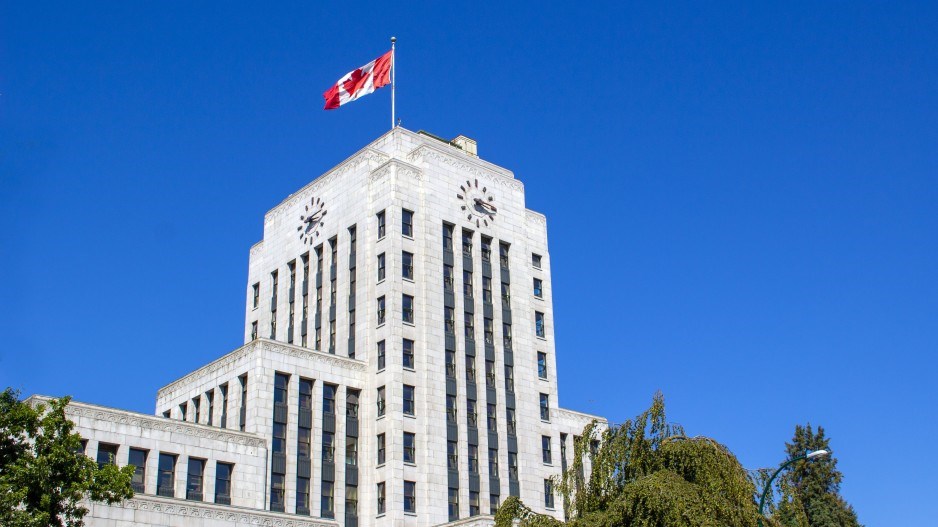A city planning document to accommodate future population growth and spur transit ridership along the Broadway subway line would clearly propose high-density, mixed-use towers at Broadway subway stations – especially at Cambie – where two subways intersect, plus midrise residential density along the Broadway arterial road from Commercial to Arbutus. This is good planning.
But the Broadway Plan does far more than that.
It aims to increase density to accommodate nearly the entire population of Metro Vancouver, as if Surrey City Centre and Metrotown didn’t exist. The densities proposed are not supported by any data estimating Vancouver’s population growth projections that match those densities.
Incredibly, the Broadway Plan proposes high-density residential towers: Three 20-storey towers per block, covering 500 massive city blocks from Vine to Clark – seven blocks south and seven blocks north of Broadway from 16th Ave. to the ocean – plus 30 storeys on shoulder areas and 40 storeys at subway stations. The unnecessary density within existing neighbourhoods would destroy the mature residential communities of mostly older, midrise, affordable residential rental buildings in the vibrant neighbourhoods of Mount Pleasant, Fairview and Kitsilano.
This is not a Broadway Plan. It’s a crass directive from Vancouver’s finance department dictating to the planning department how much housing and developer contributions it needs in community amenity contributions (CACs) to balance the city’s budget. Developer contributions now make up an astounding 45.5% of the capital budget.
This “dollars for density” model is not a sustainable financial nor a city planning model for any municipality.
Moreover, increases in density are a gift to land speculators and developers that immediately drive up land values in these neighbourhoods, and lead to inevitable renovictions and demolitions for current tenants in older and more affordable rental buildings.
The planning department’s singular focus on density in the Broadway Plan also:
- forgot to include parks,
- forgot to include community centres, and
- forgot to include schools for the kids.
The Broadway Plan says nothing about these essential community amenities – nothing about where they’re located, on whose land or who pays.
We’ve learned from COVID that getting outdoors to parks, natural and green, is essential to our mental well-being and peace of mind. Did City Hall planners simply forget about our basic human needs, about our physical health and about our children? Last minute council amendments to the Broadway Plan have not altered these glaring omissions, nor the basic ill-conceived premise of the plan.
In striving to accommodate a phantom population growth, the Broadway Plan adds more density to what’s already in the zoning pipeline. According to the 2016-2021 census, Vancouver built 6.1% more housing supply, 20% more than its 4.9% population growth, leaving 23,000 empty homes.
From 2018-2022, council also approved 253/254 spot zonings for high-density housing, accommodating almost any future population growth projections for Vancouver.
Douglas Porter, BMO’s chief economist, recently wrote: “Please stop with this supply myth.” Despite increases in housing supply, housing prices have still gone higher in Vancouver, driven by investor demand (foreign and domestic) for Vancouver housing. More supply alone won’t create affordable housing, unless that increase in supply is made “affordable” through other government policies.
The Broadway Plan notably avoids the key issue today: The lack of affordable housing for young people with good-earning jobs, like nurses, teachers, police and firefighters who can’t afford to live in the city they serve.
Housing unaffordability has enormous social and economic consequences for society, such as millennials still living with their parents, couples delaying having children, more multi-generational households, more unsafe households, an exodus to the suburbs, a need for more highways and a lack of social diversity in our city.
Arny Wise is an urban planner and retired developer in Vancouver.




